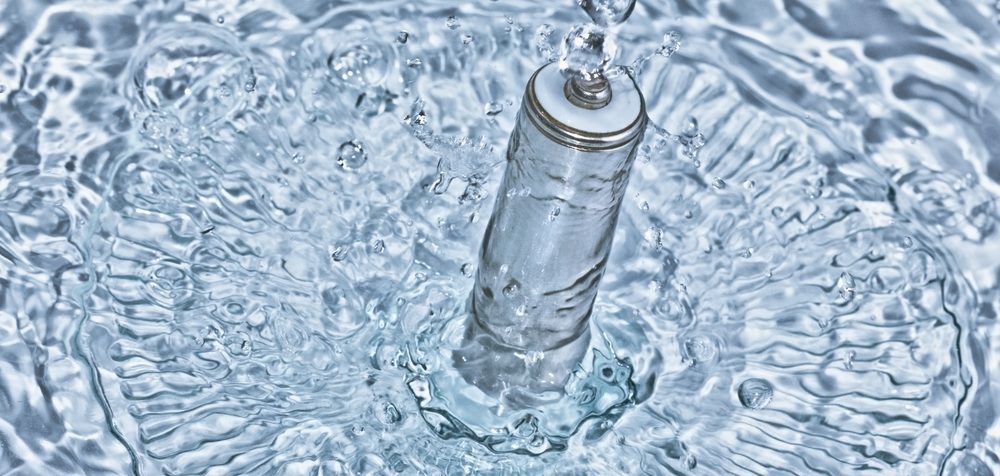
A research team at the Korea Institute of Science and Technology (KIST) has developed a very safe, aqueous, rechargeable battery, advancing the possibility of commercializing the technology.
Aqueous rechargeable batteries – which use low-cost and non-flammable water-based electrolytes – have a significant economic advantage, as the cost of raw materials is much lower than that of lithium-ion batteries. However, they do undergo a gradual rise in internal pressure and eventual depletion of the electrolyte, which poses a significant threat to the battery’s safety. Previously, a surface protection layer that minimizes the contact area between the metal anode and the electrolyte has been installed in an attempt to address this issue. However, it has been found that the corrosion of the metal anode and accompanying decomposition of water in the electrolyte is usually unavoidable.
The team at KIST found that the addition of a small amount of palladium to manganese dioxide allows it to with the hydrogen gas generated inside the cell. This composite catalyst is capable of automatically converting the hydrogen gas into water, ensuring both the performance and safety of the cell. Tests performed on the prototype cell containing the newly developed catalysts showed that the internal pressure of the cell was maintained well below the safety limit, and no electrolyte depletion was observed.
“This technology pertains to a customized safety strategy for aqueous rechargeable batteries, based on the built-in active safety mechanism, through which risk factors are automatically controlled,” said Dr. Oh, Si Hyoung of KIST. “Moreover, it can be applied to various industrial facilities where hydrogen gas leakage is one of the major safety concerns (for instance, hydrogen gas station, nuclear power plant, etc) to protect public safety.”
